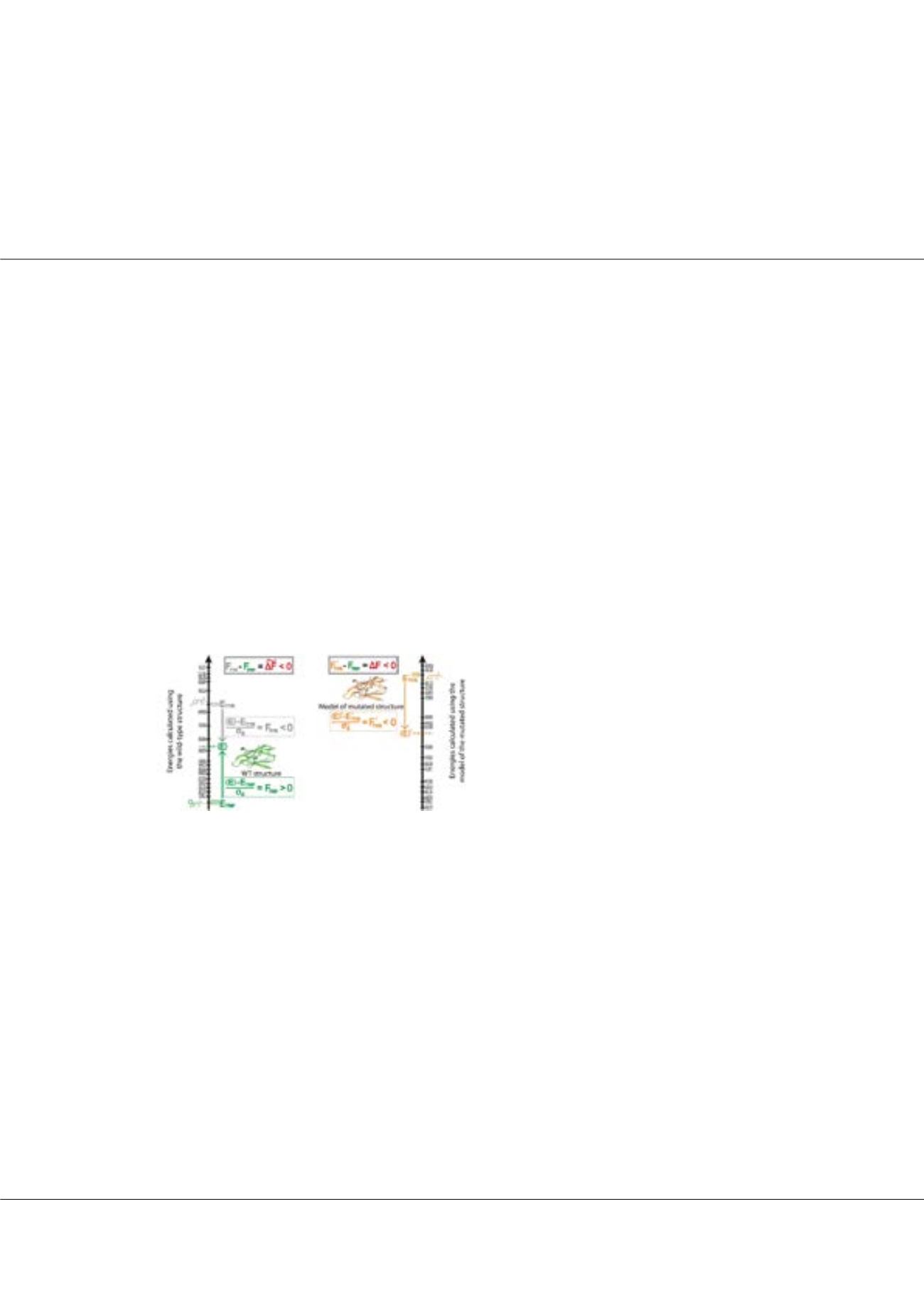

Page 135
Notes:
conferenceseries
.com
Volume 10, Issue 8 (Suppl)
J Proteomics Bioinform, an open access journal
ISSN: 0974-276X
Structural Biology 2017
September 18-20, 2017
9
th
International Conference on
Structural Biology
September 18-20, 2017 Zurich, Switzerland
Sushant Kumar, J Proteomics Bioinform 2017, 10:8(Suppl)
DOI: 10.4172/0974-276X-C1-0100
Integrative approaches for variant interpretation in coding regions
Sushant Kumar
Yale University, USA
Statement of the Problem:
The exponential rise in next-generation sequencing data is presenting considerable challenges
in terms of variant interpretation. Though deep sequencing is unearthing large numbers of rare single nucleotide variants
(SNVs), the rarity of these variants makes it difficult to evaluate their potential deleteriousness with conventional phenotype-
genotype associations. Furthermore, many disease-associated SNVs act through mechanisms that remain poorly understood.
3D protein structures may provide valuable substrates for addressing these challenges. We present two general frameworks for
doing so. In our first approach, we use localized frustration, which quantifies unfavorable residue interactions, as a metric to
investigate the local effects of SNVs. In contrast to this metric, previous efforts have quantified the global impacts of SNVs on
protein stability, despite the fact that local effects may impact functionality without disrupting global stability (e.g. in relation to
catalysis or allostery). In our second approach, we employ models of conformational change to identify key allosteric residues
by predicting essential surface pockets and information-flow bottlenecks (a new software tool that enables this analysis is also
described). Importantly, although these two frameworks are fundamentally structural in nature, they are computationally
efficient, thereby making analyses on large datasets accessible. We detail how these database-scale analyses shed light on
signatures of conservation, as well as known disease-associated variants, including those involved in cancer.
Biography
Sushant Kumar is a Postdoctoral Associate in the Molecular Biophysics and Biochemistry department at the Yale university. He has extensive experience in
biological data mining, proteins simulations and cancer genomics. He is particularly interested in integrating genomic variation data and protein structural data to
develop novel methods assessing disease variant impact. In past, he has applied coarse-grained models to decipher the role of various physical factors influencing
the coupled folding and binding mechanism observed among disordered proteins.
sushant.kumar@yale.eduFigure1:
The effect of introducing a typical deleterious SNV
(∆F < 0). Each of the two vertical lines represents an energy-
level diagram. Each level on this energy scale corresponds
to the total energetic value of the protein if the residue
position) were to be occupied by distinct amino acids. The ∆F
associated with an SNV is negative if the SNV introduces a
destabilizing effect.


















